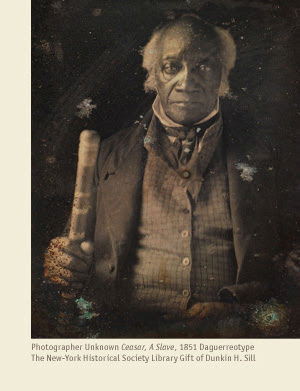 On October 29, 1910, 18-year-old Averell Harriman, the future governor of the State of New York, represented the Harriman family in donating 10,000 acres of land in the Lower Hudson Valley and $1 million dollars to the Palisades Interstate Park Commission (PIPC). The young Averell stated “it is the hope that through all the years to come the health and happiness of future generations will be advanced by these gifts.” The family’s gift created Bear Mountain and Harriman State Parks, which now encompass more than 50,000 acres, more than three times the size of Manhattan.
On October 29, 1910, 18-year-old Averell Harriman, the future governor of the State of New York, represented the Harriman family in donating 10,000 acres of land in the Lower Hudson Valley and $1 million dollars to the Palisades Interstate Park Commission (PIPC). The young Averell stated “it is the hope that through all the years to come the health and happiness of future generations will be advanced by these gifts.” The family’s gift created Bear Mountain and Harriman State Parks, which now encompass more than 50,000 acres, more than three times the size of Manhattan.
In recognition of this year’s historic anniversary, PIPC has initiated a fundraising effort to rebuild, repair, and restore the Harriman Group Camps, with a goal of $2 million. The effort hopes to build a new generation of philanthropy for the Harriman Group Camps so generations of children can share in the wilderness experience. Donations for the Harriman Group Camps can be made to the Palisades Parks Conservancy Group Camp Fund.
Photo: Women enjoying the serenity of Bear Mountain c. 1914. Photo Courtesy of PIPC Archives.





